The bad white is a cryptogamic disease that particularly affects the sage. Many will have found themselves facing this problem that presents itself with some white spots on the leaves some plants. It is also said powdery mildew, and it is a very common disease. It occurs in particular environmental conditions, but with the right precautions and with targeted bio treatments it can be safely controlled. In this article we therefore explain how to solve and prevent the white sage malady.
What is sage white sickness

The mal bianco in agronomic terms is known as powdery mildewbut vulgarly it is also called white mold, albugine, fog. Observing the leaves of the sage it shows up with white, dusty spots, a sort of patina of mold similar to flour. These white spots are caused by pathogens, which are called microscopic fungi Ascomycetesforming part of the botanical family of the Erysiphaceae. Fungi, which are not visible to the human eye, produce spores. From these originate the white spots that we see and that ruin the leaves.
Why does white sickness attack sage?
There are many crops subject to white disease, among the most affected we have the pumpkinthe zucchinithe lives and precisely the sage. The leaves of this aromatic plant have a rough surface and are covered with fine hair. This particular consistency makes them an ideal environment for the rooting of the fungus and the subsequent multiplication of the spores.
Environmental conditions that favor white sage on sage
Sickness occurs on sage plants in particular environmental conditions. The seasons in which it occurs are typically spring and autumn, when temperatures are mild, between 20 and 27 ° C, but at the same time there is high humidity. At 35 ° C, therefore in summer, the fungus is unable to proliferate and even, above 40, it dies alone. As mentioned, the high humidity is a condition that multiplies the chances of the disease manifesting itself. When the sage seedlings are too dense between them there is poor ventilation and this favors the appearance of white spots.
The damage of white sage on sage
The white sage on sage is easily recognized, as it is easy to notice the formation of white spots. The problem is that these spots tend more and more to widen and join together on the leaf surface, forming a real floury patina.
The photosynthesis of the plant is impaired and the leaves begin to dry out. As the disease progresses, the plant risks perishing completely. This is a real shame, as sage is an aromatic plant, which if well cared for is perennial.
How to prevent white sage sickness
To solve the problem of white spots on sage plants, you can act on several levels. The basic one is to cultivate the plant in the right way, with adequate precautions.
First of all, if you notice leaves with the first white spots, remove them, it is difficult for the disease to regress. It can therefore be pruned, also considering that one good pruning favors the aeration of the leaves and therefore counteracts the fungus.
Other cultural measures are:
- do not overdo the irrigations;
- do not give water in the hot hours of the day;
- place the perlite on the bottom of the vase to facilitate the drainage of the water;
- plant at the right distances, leaving at least 50 cm between one sage plant and the other, so as to allow the right space to grow;
- do not place the plant in full shade;
- enhance the natural defenses of the plant using natural macerates like them of garlic you hate horsetail.
The use of sulfur
The remedy par excellence against white sickness is powdered sulfur. It is a product that respects the European legislation for organic farming. Its action prevents the fungus from attacking sage leaves. It should therefore be used in prevention, when the environmental conditions favorable to the disease occur or when the very first white spots are seen. It is not curative, if used with the disease in progress, at the most it can stop it. Therefore, if the plants are already sick, it is better to first clean them from damaged leaves and then carry out the treatment. Sulfur powder (which you find here) is administered with special sulphurizers (like these). The operation must be carried out in the cool hours of the day, following the instructions on the label. Use a mask and operate with the wind in favor. Sulfur itself is harmless, but if inhaled it can be irritating.
Prevention with sodium bicarbonate
A very effective home remedy for the prevention of sage powdery mildew is baking soda. Also in this case we cannot speak of a curative action, but a preventive one. The baking soda sprayed on the leaves renders their patina inhospitable to the fungus that causes the white spots.
The product is used dissolved in water and at certain dosages, that is: 10 grams per 1 liter of water.
Do not exceed this dosage, in order to avoid burning the leaves. Furthermore, even in this case, the treatment must be carried out in the cool hours of the day, away from the sun’s rays.

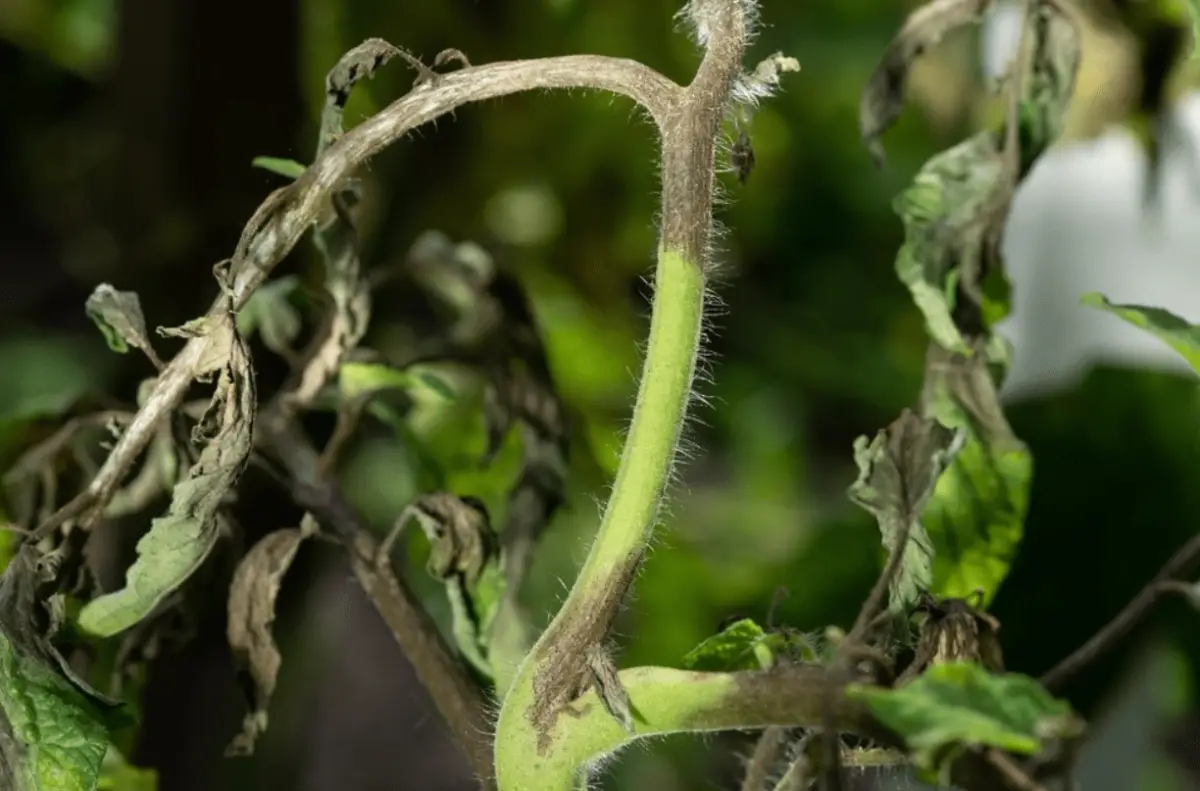
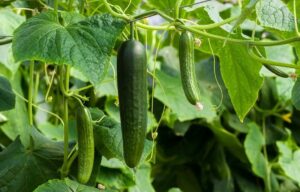
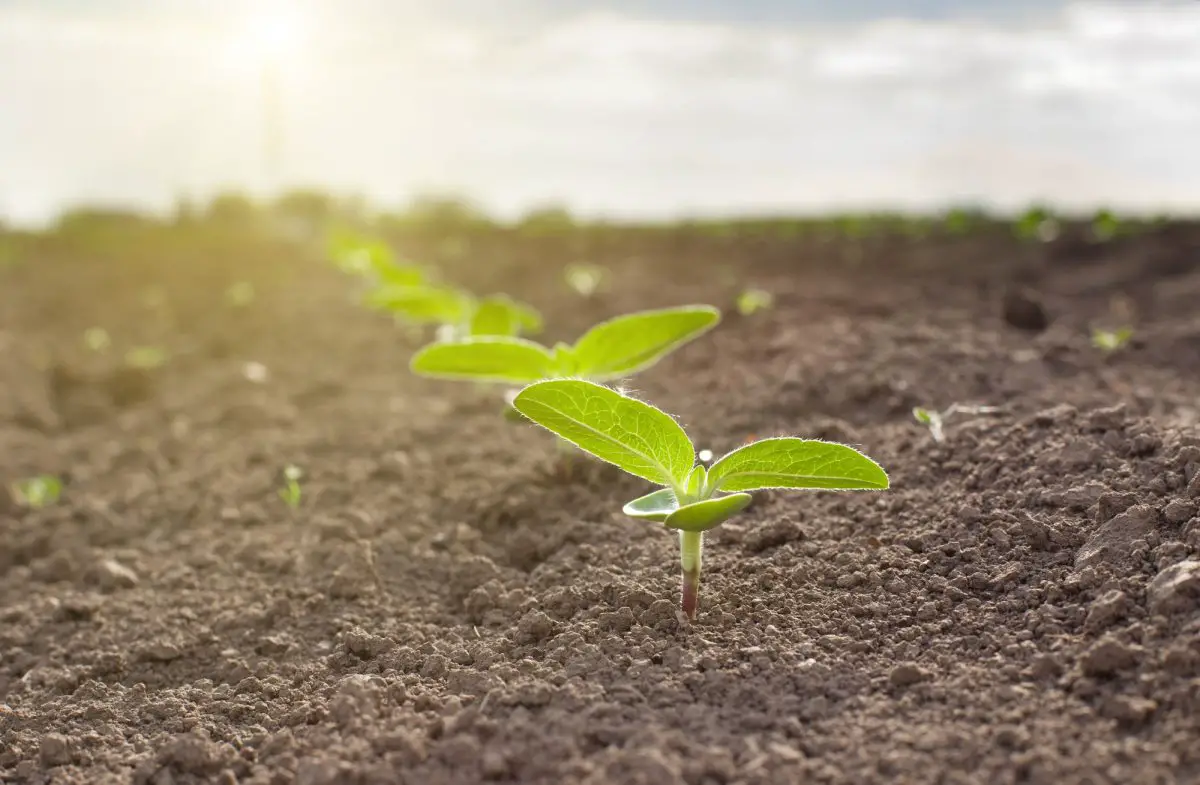
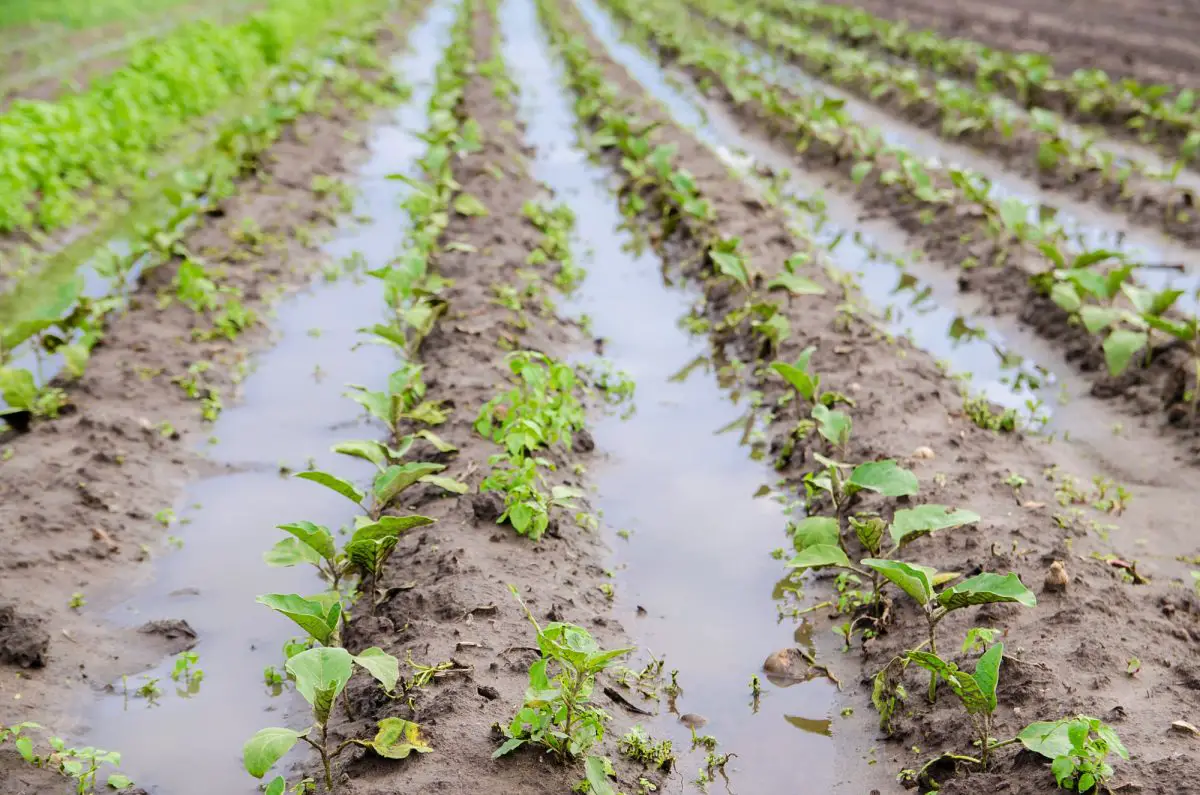
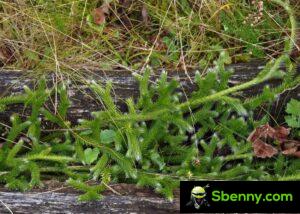
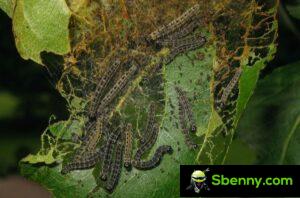
Start a new Thread